
The Chinese New Year, also known as the Spring Festival, is a vibrant and significant celebration in Chinese culture. It marks the beginning of the lunar new year and is a time for families to come together, reflect on the past year, and welcome the future with hope and enthusiasm. In this blog post, we will delve into the rich traditions and customs associated with the Chinese New Year, shedding light on the festivities that make this occasion truly special.
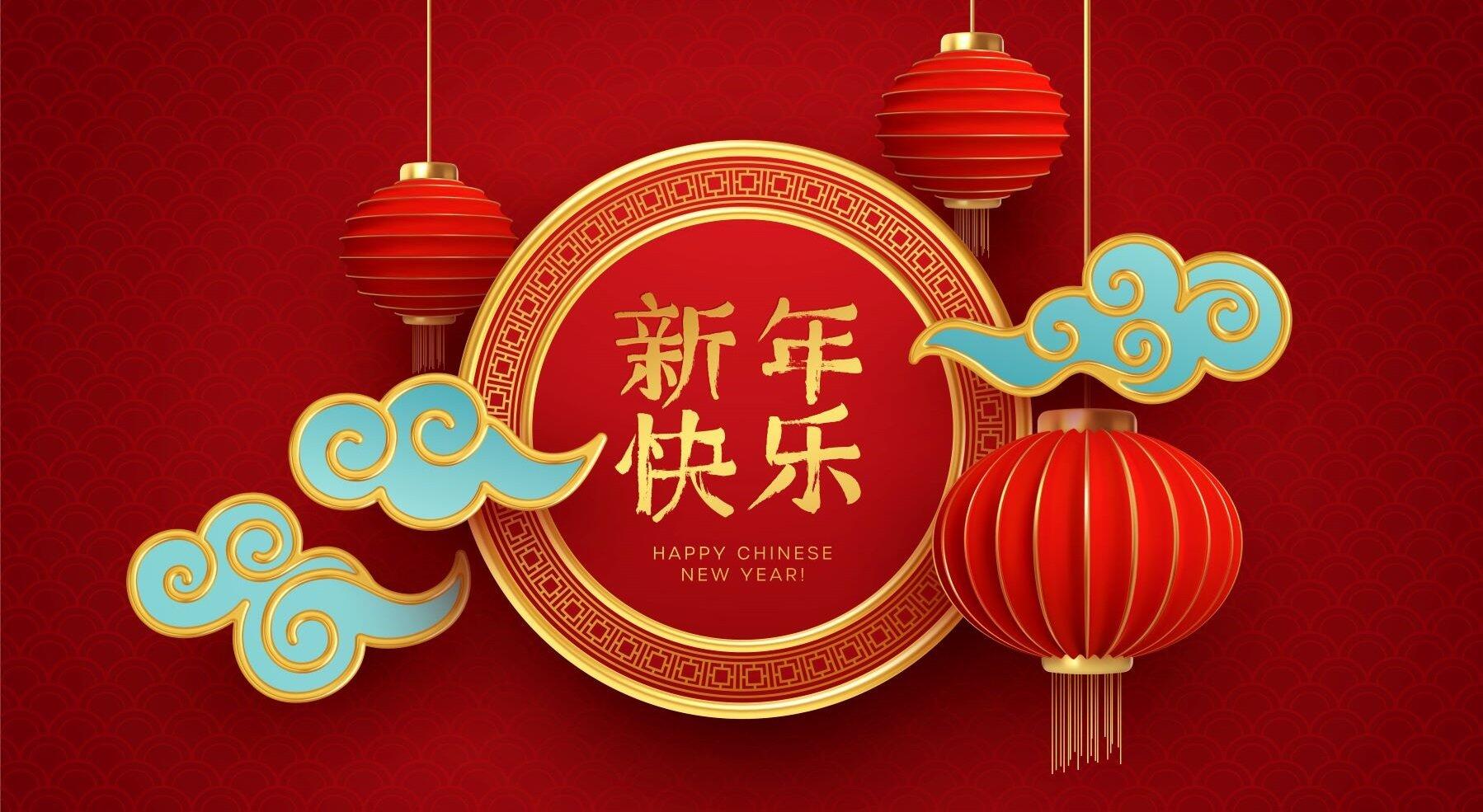
⚙Historical Significance
The origins of the Chinese New Year can be traced back thousands of years. Based on the lunar calendar, this festival has deep-rooted historical and cultural significance. It is a time to honor ancestors and deities, as well as to ward off evil spirits. Traditional beliefs hold that cleaning the house before the New Year and displaying red decorations and couplets bring good luck and prosperity.
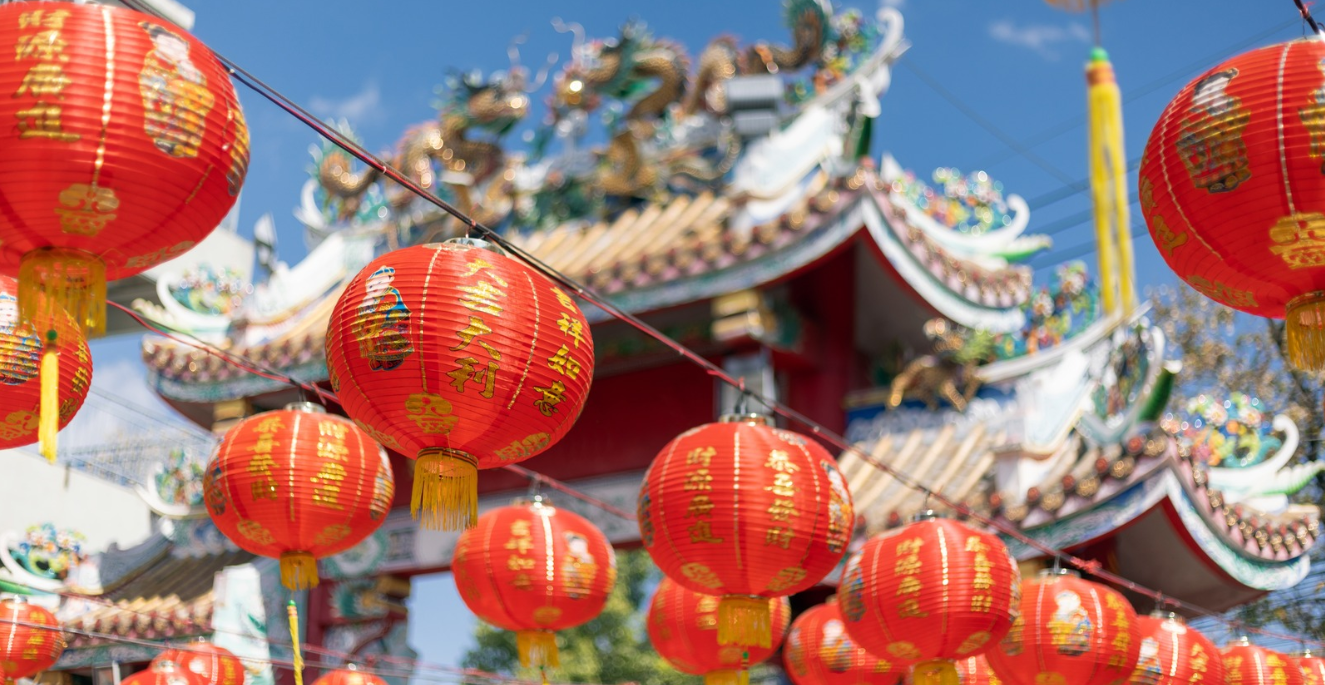
⚙Family Reunion
At the heart of the Chinese New Year celebrations is the concept of family reunion. It is a time when family members, near and far, gather to share meals, exchange gifts, and strengthen their bonds. The festive atmosphere is enhanced by elaborate feasts featuring dishes with symbolic meanings. Dumplings, for example, represent wealth and prosperity, while fish symbolizes surplus and abundance.
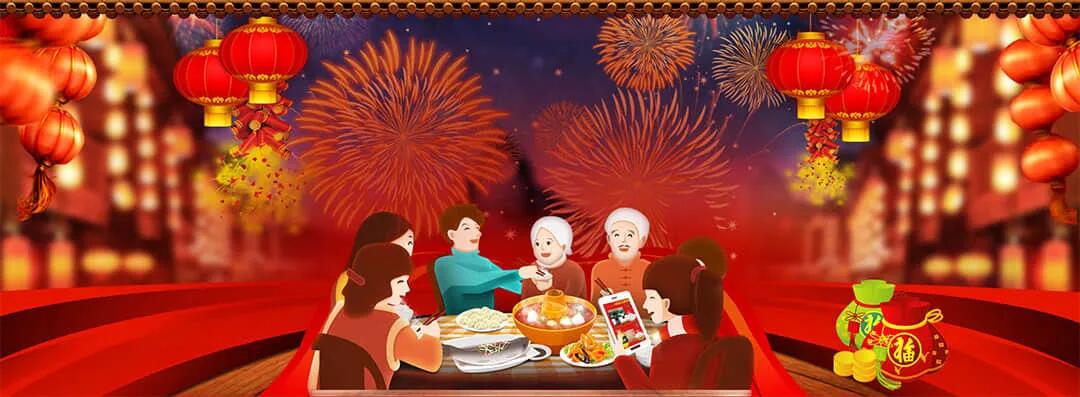
⚙Lively Traditions
The Chinese New Year is renowned for its lively and colorful traditions. One of the most spectacular events is the dragon and lion dance, where performers dressed as these mythical creatures parade through the streets, accompanied by the rhythmic sounds of drums and cymbals. Fireworks and firecrackers are set off to create a cacophony of noise, believed to scare away evil spirits.
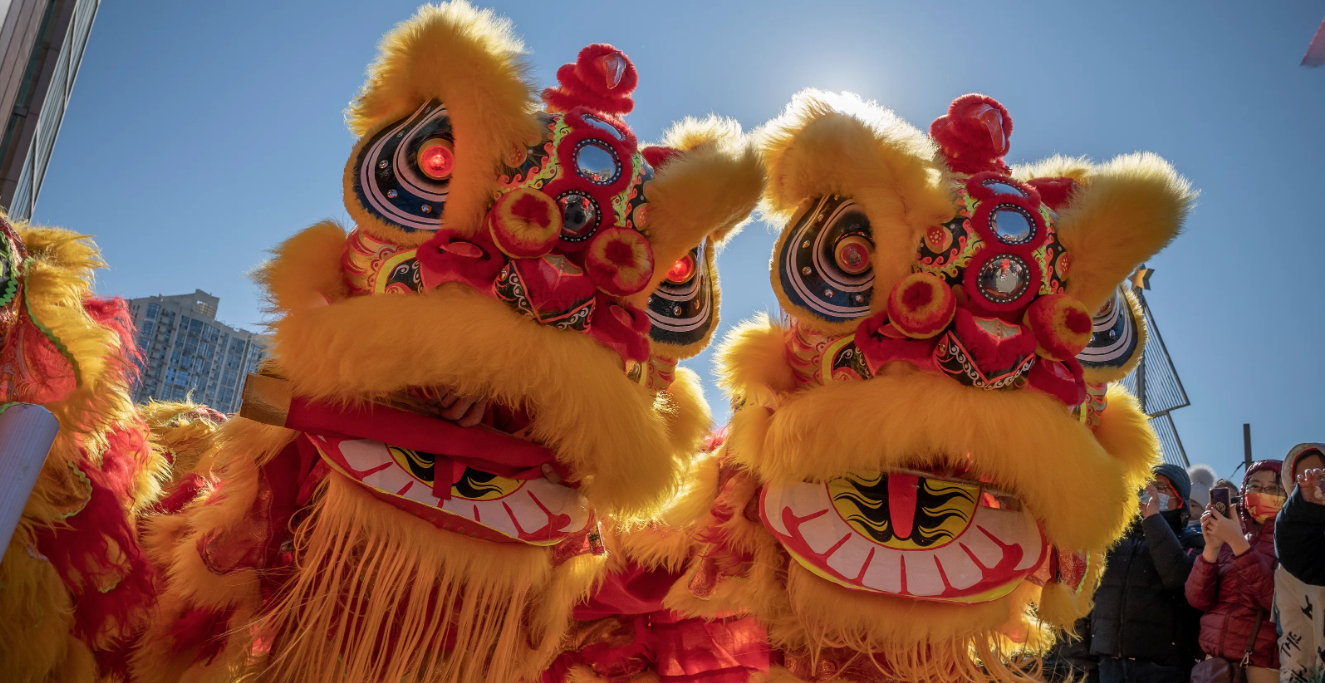
⚙Red Packets and Gifts
A cherished tradition during the Chinese New Year is the giving of red packets or hongbao. These red envelopes, adorned with gold characters symbolizing good luck, contain money and are given to children and unmarried relatives. Exchanging gifts is also common, and the thoughtfulness behind the gift is highly valued.

⚙Wishing for Good Fortune
During the Spring Festival, people exchange greetings and good wishes. Common phrases include "Gong Xi Fa Cai" (恭喜发财), which translates to "Wishing you prosperity," and "Xin Nian Kuai Le" (新年快乐), meaning "Happy New Year." These warm greetings reflect the desire for a year filled with happiness, good health, and success.
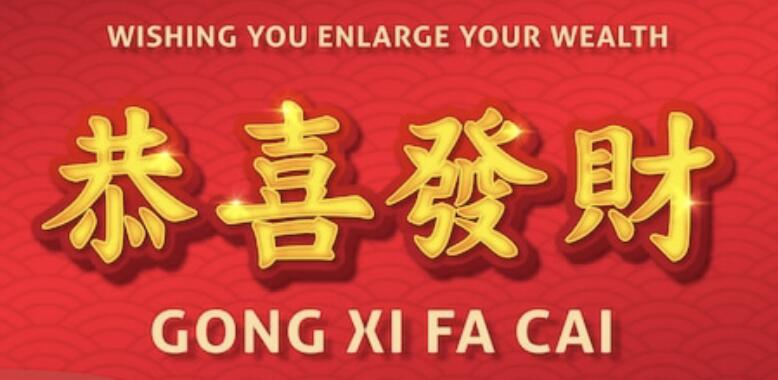
⚙Conclusion
The Chinese New Year is a time of joy, reflection, and togetherness. It embodies the essence of Chinese culture, emphasizing the importance of family, tradition, and hope for the future. As the colorful celebrations unfold, they not only bring happiness to millions of families but also showcase the rich cultural heritage that continues to thrive in the modern world. May the coming year be as vibrant and promising as the Chinese New Year itself. Happy Spring Festival!
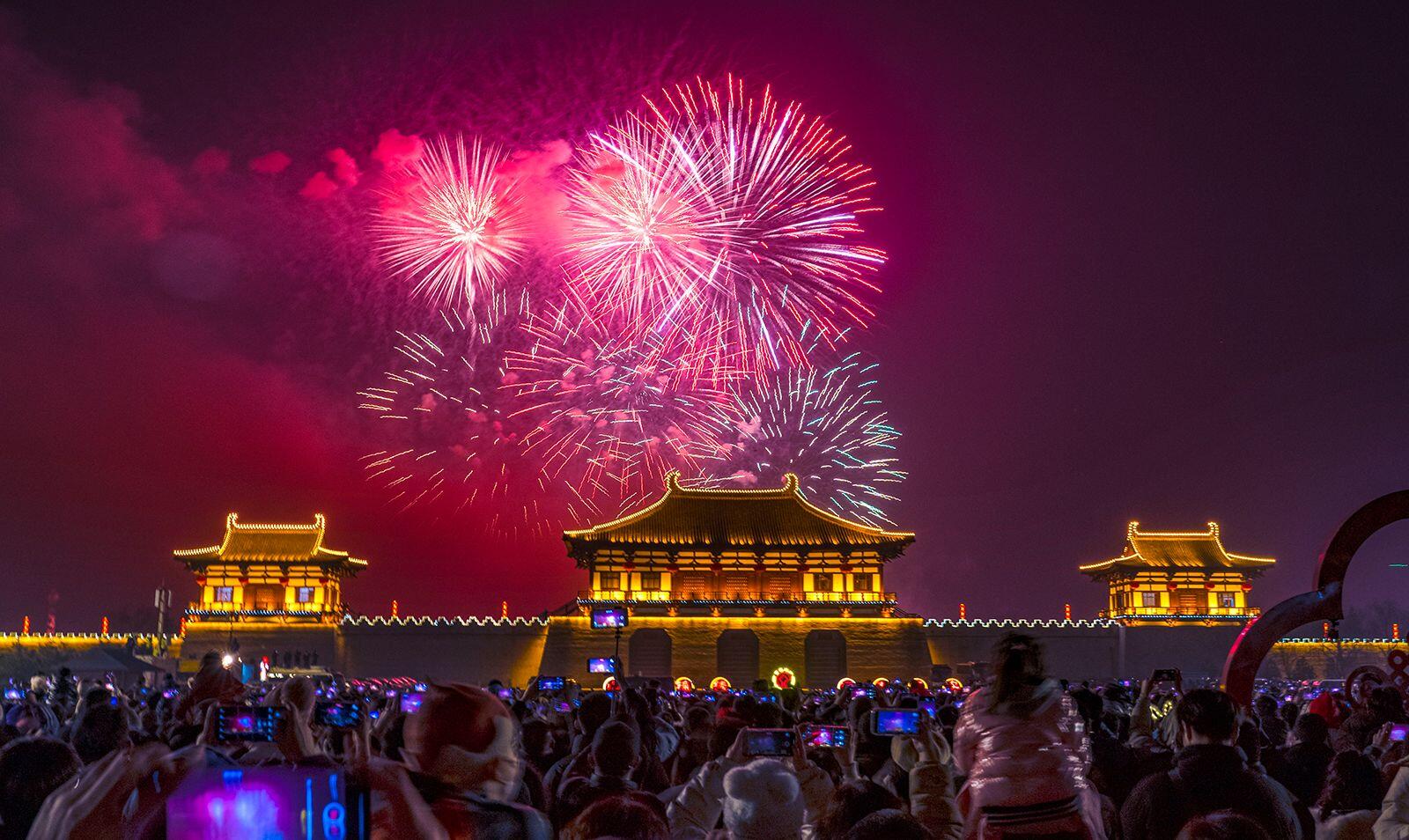
Links